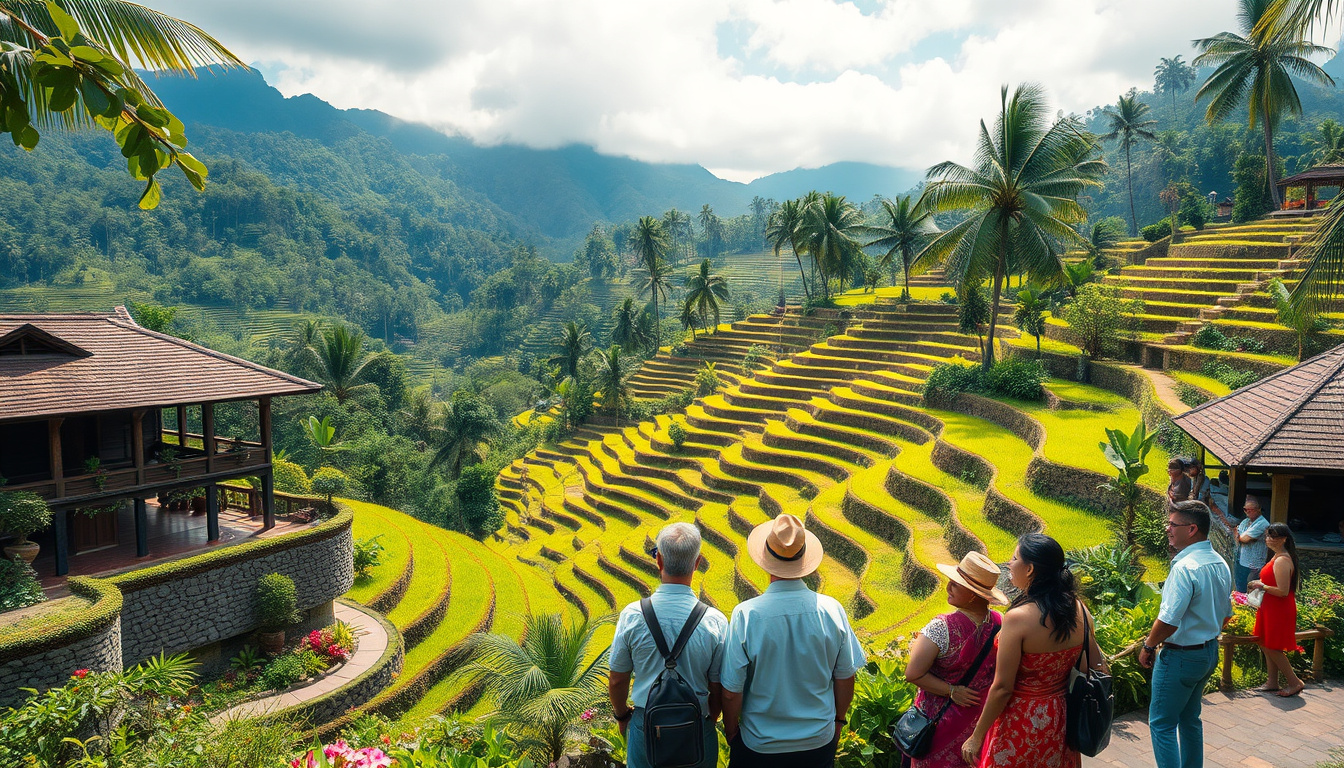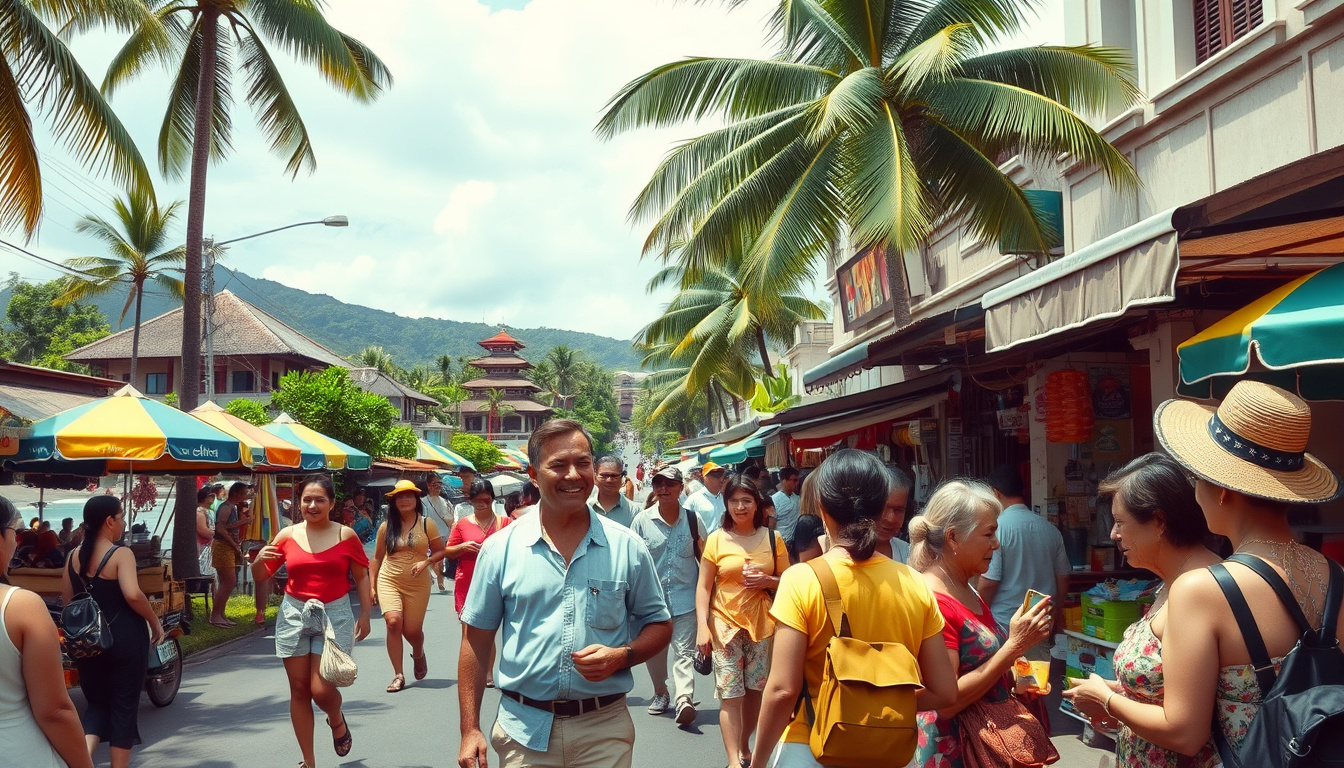Indonesia AirAsia X will launch five weekly non-stop flights from Sydney to Bali from October, in a move that will place further pressure on Virgin Australia’s troubled international operations.
Virgin last week said it would switch its flights from Melbourne, Adelaide and Perth to Bali to low-cost arm Tigerair Australia from March as it looked to return its international operations to profitability over the next two years.
For now, Virgin has left its mainline brand on flights from Sydney and Brisbane to Bali but has left open the possibility of switching those to Tigerair in the future. Indonesia AirAsia X is offering introductory one-way fares from Sydney to Bali from $119 in economy class and $399 for its premium flat-bed seats. Online travel group Expedia has also launched promotional flight and hotel package deals.
In total, Indonesia AirAsia X’s A330-300 aircraft offer 377 seats, meaning the move represents a significant expansion of capacity on the Sydney-Bali route. It will be entering the market with more seats available than Virgin offers with its daily Boeing 737 flights with 176 seats.
“At the end of the day competition is going to benefit both the passengers and the [airline] players,” Indonesia AirAsia X chief executive Dendy Kurniawan said during a visit to Sydney on Wednesday. “In terms of passengers, of course with this type of condition, they will get the best value. But we see in the markets with tough competition, it will give spirit for us to increase and enhance our services and make it more excellent and to be market leaders on that route.”
The Indonesia AirAsia X flights have already been granted regulatory approval by Australian and Indonesian authorities, unlike its planned December launch of Melbourne-Bali services which were delayed to the anger of passengers. Mr Kurniawan admitted the delay caused brand damage in Australia, but he said the Melbourne-Bali route had since recovered, with around 80 per cent of seats filled in June and July.
“Hopefully in the near future we are planning to increase capacity to Melbourne,” he said. “Definitely we are looking for other opportunities after Melbourne and Sydney, other cities in Australia.”
Brisbane and the Gold Coast are among the possibilities. The AirAsia group is using Bali as a hub, meaning travellers can also fly on from there to other destinations like Jakarta, Bangkok, Singapore and Kuala Lumpur if they want a longer Asian holiday.
As in the Melbourne market, Virgin will now be competing against three rivals, Jetstar, Garuda Indonesia and AirAsia X on the Sydney-Bali route, all of which use widebody aircraft as opposed to the single-aisle 737s used by Virgin and soon, Tigerair. The Tigerair flights will be flown by Virgin’s international arm on behalf of Tigerair, using Virgin pilots but Tigerair cabin crew and an all-economy class configuration.
CAPA Centre for Aviation has noted the widebody aircraft offer significantly lower unit costs on routes of five to six hour length such as Melbourne-Bali and Sydney-Bali.
“Ultimately it seems unlikely that Tigerair Australia will be able to generate sufficient yields to cover the relatively high cost of operating long narrowbody routes such as Melbourne-Bali,” CAPA said last week. “Most narrowbody [low-cost carrier] routes of over five hours are operated in high yielding markets with limited competition and significant business demand. Bali is almost entirely a price sensitive leisure market and is also hugely competitive.”
In addition to competition over fares, Virgin’s Bali operation has been struggling, like other operators, with flight cancellations due to the ongoing eruption of Mount Ruang. The costs to date for the carrier are understood to be in the single digit millions.
Jetstar is Australia’s biggest operator of flights from Australia to Bali. Jetstar Group chief executive Jayne Hrdlicka last week said demand for flights to Bali remained high despite the lower Australian dollar.
source : The Sidney Morning Herald
BREAKING NEWS | HEADLINE NEWS | NEWS | DAILY NEWS | WEEKLY NEWS











Add a comment